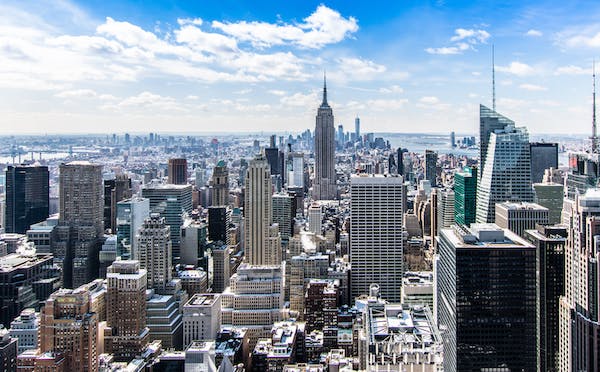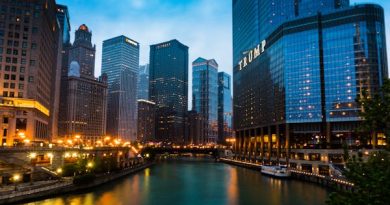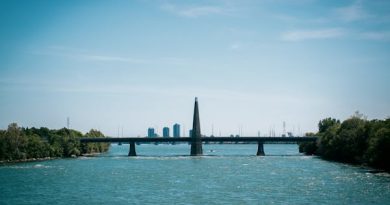N.Y.C.’s Architectural Tapestry: From Skyscrapers to Elevated Parks
New York City, renowned for its towering skyscrapers, unveils a rich architectural tapestry that extends beyond the skyline. The city surprises with its diverse architecture, from historic buildings in the Financial District to innovative designs in areas like Hudson Yards. However, it’s the High Line, an innovative linear park built atop a former elevated train track, that stands out as a shining example of urban reuse and intelligent design.
Financial District: Majestic buildings in the Financial District, such as the Woolworth Building and One World Trade Center, narrate the economic and architectural history of the city, bearing witness to its evolution over the years.
Midtown Manhattan: At the heart of the city, Midtown Manhattan hosts some of the world’s most iconic skyscrapers, including the Empire State Building and the Chrysler Building, leaving an indelible mark on New York’s urban skyline.
Hudson Yards: This developing area serves as a showcase of modern architecture, featuring innovative structures like The Vessel and The Shed that push the boundaries of creativity and contemporary architectural design.
Brooklyn Bridge: Linking Manhattan with Brooklyn, the Brooklyn Bridge is an iconic symbol of engineering and urban design, offering spectacular views of the city skyline and the Hudson River.
Central Park: The meticulously landscaped design of Central Park, created by Frederick Law Olmsted and Calvert Vaux in the 19th century, is a verdant oasis amidst the urban hustle and bustle, providing a serene escape for New Yorkers and visitors alike.
The High Line: This elevated linear park, repurposed from a former abandoned railway track, is an architectural gem and a standout example of urban reuse. It offers visitors a panoramic journey through lush gardens, artistic installations, and stunning views of the city.
Guggenheim Museum: Designed by Frank Lloyd Wright, the Guggenheim Museum is an architectural masterpiece in its own right, with its distinctive spiral shape housing an impressive collection of modern and contemporary art.
Conclusion:
In conclusion, New York City’s architecture and urban design bear witness to its history, innovation, and adaptability. From iconic skyscrapers to ingeniously designed urban parks, the city offers a fascinating blend of styles and structures that reflect its dynamic and diverse character. The High Line, in particular, shines as a brilliant example of how creative space reuse can transform a city and enrich the urban experience for its residents and visitors alike.




